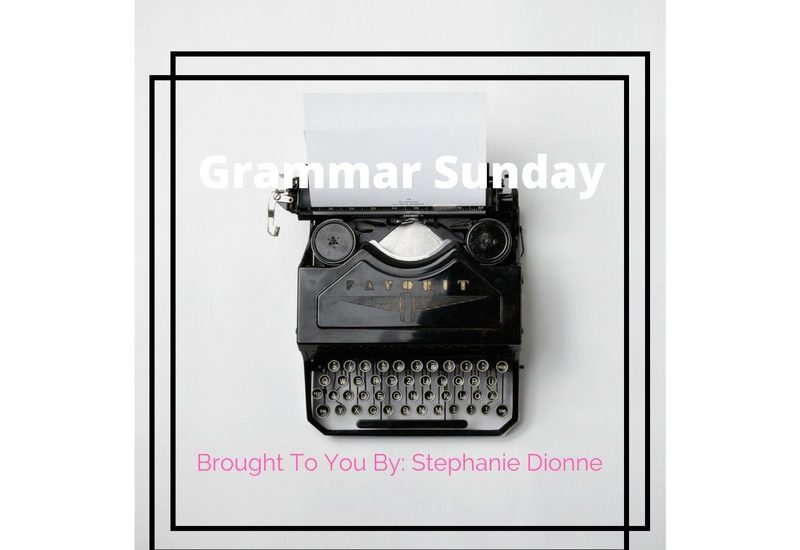Grammar Sundays: Run-on Sentences And The Comma Splice.


A RUN-ON SENTENCE has at least two parts, either one of which can stand by itself (this is known as an independent clause); but, instead of being properly connected with a conjunction, the two clauses have been smooshed together. It is important to realize that the length of a sentence really has nothing to do with whether a sentence is a run-on or not; being a run-on is a structural flaw that can plague even a very short sentence:
It is really cold out, put on your jacket.
When two independent clauses are connected by only a comma, they constitute a run-on sentence that is called a COMMA SPLICE. The example just above (about the cold) is a comma splice, which we can solve in three ways:
1) If you choose to use a comma to connect two independent clauses, it must be accompanied by a conjunction (and, but, for, nor, yet, or, so).
a) It is really cold out, so put on your jacket.
2) You can also use a semicolon (with or without the conjunction) to combine the two
clauses.
a) It is really cold outside; put on your jacket.
b) It is really cold outside; so, put on your jacket.
3)Lastly, you can just change the comma to a period and make it two separate sentences.
a) It is really cold outside. Put on your jacket.
A little warning about #3 though, that type of writing tends to make your piece sound a little choppy and/or childlike.
Ciao Bella,
Stephanie



